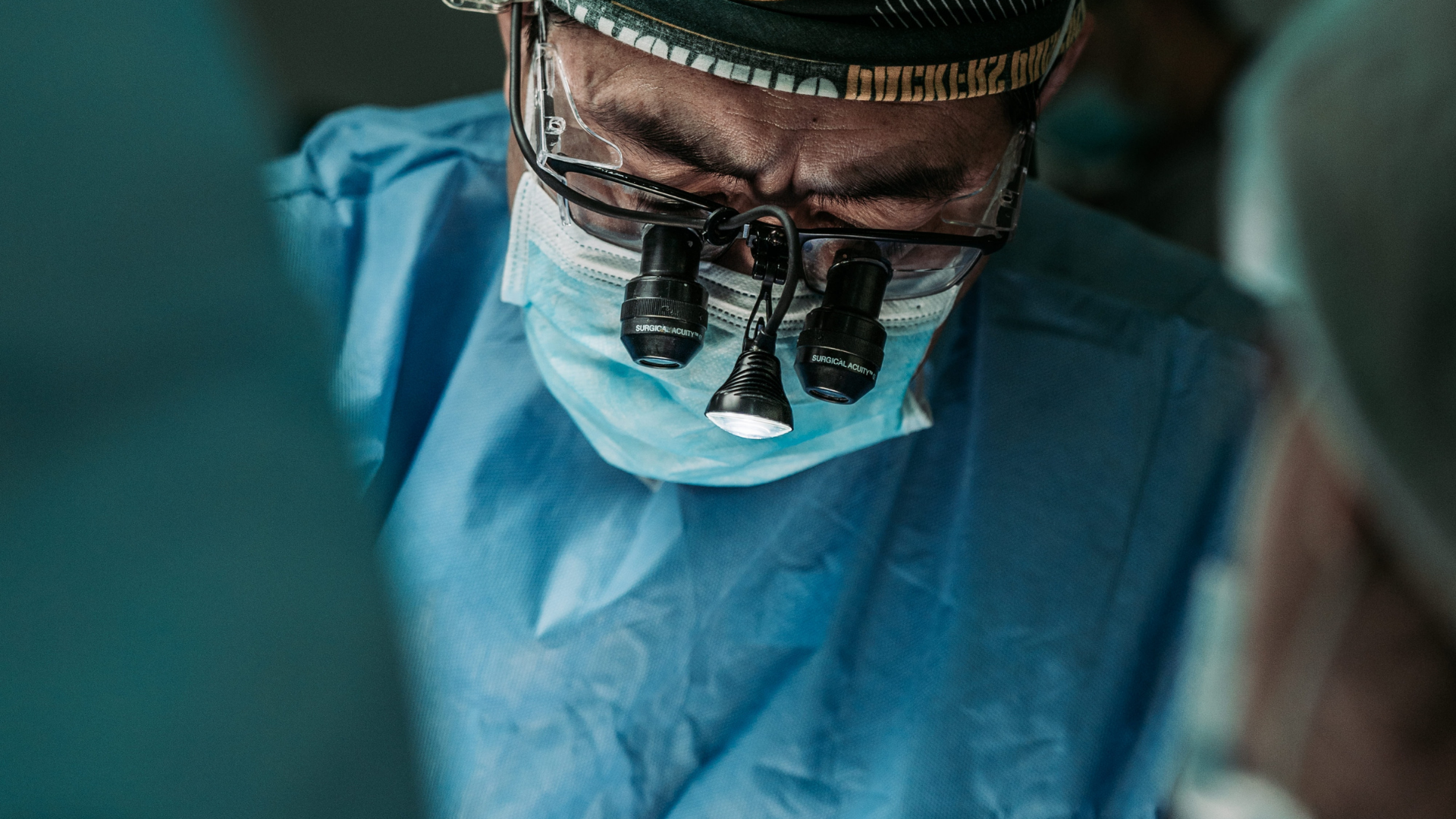Did you know that your intervertebral discs can become dehydrated? When this happens, it can cause pain that interferes with your daily activities. Today we tell you what disc desiccation is and how it can be treated.
This pathology is also known as disc dehydration and it is basically a degenerative process that is part of aging, when the cells in the discs that are responsible for water absorption begin to die. This causes the concentration of water in the discs to decrease and, as a result, they become less flexible.
Remember that the intervertebral discs serve a critical function. They are the shock absorbers that cushion the movements of the spine and distribute the burden of weight of things we carry or lift. The discs are composed of two parts: the nucleus pulposus and the fibrous ring:
- Nucleus pulposus: this is a jelly-like substance that serves as a cushion for the movements in the spinal column
- Fibrous ring: the fibrous ring, or annulus fibrosus, is a tough circular exterior surrounding the nucleus pulposus to keep it intact when the spine is subjected to forces of movement or weight
Water accounts for up to 75% of our body weight. One of the vital purposes it serves is acting as a lubricant for the joints, including the spinal discs. For this reason, if there is a continual reduction of this concentration of water, it can have a negative impact on the health of the discs.
The spinal column and its most common problems
Signs of disc desiccation
Disc desiccation can be detected with magnetic resonance imaging (MRI). With this test, it is possible to observe the loss of hydration or loss of width of the intervertebral disc. This happens when the fibrous ring loses bulk as its cells lose their capacity to absorb water, which causes fissures and weakens its structure and composition.
As a result, because of repetitive impacts and constant forces on this structure, the nucleus pulposus begins to move towards the fibrous ring, generating a deformation that can lead to what we call disc protrusion. This is also known as a herniated disc. The pain that a herniated disc causes varies, and it can come from both nerve compression and wear on the disc.
What are the symptoms of disc desiccation?
Depending on where the dehydration develops, the sufferer may have low back pain, or pain at the thoracic or cervical level, and a restricted range of motion. These are the two main symptoms experienced due to desiccation of the intervertebral disc. Other symptoms may be a feeling of tightness in the back and numbness of the lumbar region.
If these symptoms occur on a regular basis, you should make an appointment with us for medical advice. Our neurosurgeons are experts in treating this pathology. When you come to your appointment, you will need to provide the following:
- A description of your symptoms and how and when the occur.
- Information about any allergies to medications
- Information on whether anyone else in your family has suffered from a spinal problem
- If you have had any laboratory test, imaging tests, or information from previous exams related to this problem, bring them as well.
Severe symptoms of a disc hernia

What treatments are available for disc desiccation?
Normally, treatment involves use of pain-relief medications, in conjunction with physical therapy sessions that help increase range of movement and reduce stiffness. Another conservative treatment that usually gives good results is practicing some type of exercise under the supervision of a professional.
Independently of whether the dehydration has occurred at the level of the cervical, thoracic, or lumbar spine, if the symptoms do not improve with the conservative treatments mentioned above, the doctor may recommend a surgical procedure to relieve the patient's discomfort and make it possible for them to resume their normal activities.
Surgical procedures that may be recommended include the following:
- Fusion: In spinal fusion surgery, the vertebrae adjacent to the damaged disc is joined to it by means of a fixed implant. This operation can be performed by either the anterior, posterior or lateral approach, depending on the level affected, and as the neurosurgeon sees fit. The goal of this surgery is to help stabilize the back and prevent movements that can worsen pain or discomfort.
- Decompression: Bone or disc material that has been displaced is removed to make more room for the spinal nerves
- Corrective surgery: If there is abnormal curvature of the spine, surgery may be performed to correct it. This can help relieve pain and increase range of motion.
- Implants: Disc implant surgery is indicated in patients who do not have a problem of instability in the entire spine or in one of its segments. Artificial discs or spacers may be placed between the vertebrae. This serves the purpose of a secondary decompression of the nerve structures, and helps preserve the mobility of the affected segment.
If you suffer from disc desiccation, contact us. We can help you!
Categories: Spine treatments, Spine pathologies, Prevention
